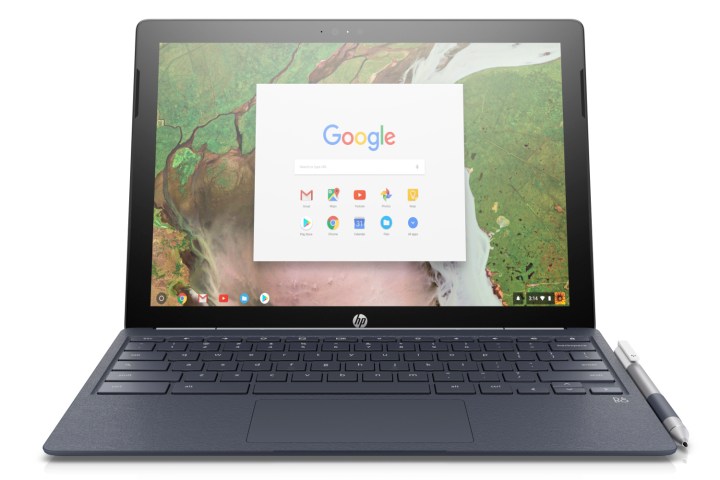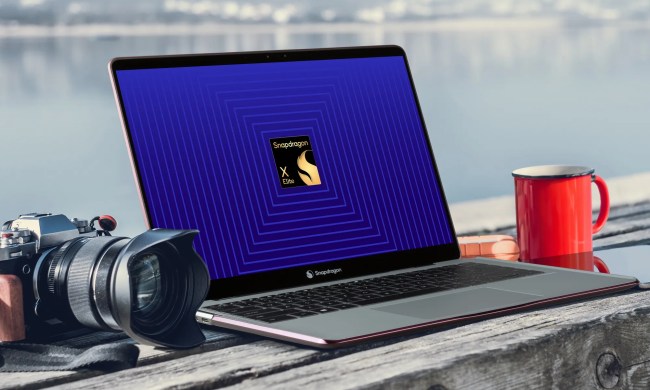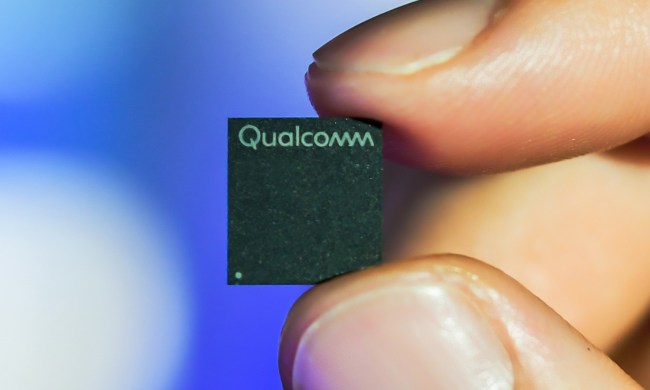
Early hints of a Chromebook powered by Qualcomm’s powerful Snapdragon 845 mobile system on chip (SoC) have been followed up by far firmer confirmations, including more details about what the device might be like. The Chromebook is said to be a 2-in-1 with a detachable keyboard, which would make it super light when in tablet mode, and it’s even suggested there will be a whole host of options for external display connection.
We first caught wind of a potential Snapdragon-powered Chromebook last December, where XDA Developers discovered mentions of Snapdragon within Chrome OS code. The device was said to be code-named “Cheza,” and that seems to have been proven accurate with the latest look at the Chromium repository. Commits there highlight that Cheza would be “detachable,” thereby suggesting a keyboard that unhitches from the display.
Although the display resolution in the commits points toward a 2560 x 1440 resolution, AboutChromebooks highlights that that could well be just a display used for testing and not a final resolution. In theory, the Snapdragon 845 supports resolutions up to 4K, so there is no way as of yet to nail down what kind of display the new Chromebook could have.
What we do know is that there will be plenty of options for attaching an external display. USB Type-C, USB 3.0, and DisplayPort ports will be available, meaning even if the onboard display is a little weak or small, there will at least be options for improving that when stationary.
Such a device could also have LTE connectivity. The Snapdragon 845, older versions of which have already made their way into a number of laptops, has an onboard Qualcomm X20 modem. That should make it possible for laptops powered by it to offer wireless data connection speeds of up to 1.2Gbps. Although that could well be dependent on the choices made by the eventual manufacturer of Cheza, Google has in the past said it’s keen to improve data connectivity for Chromebooks in the future.
Although Qualcomm processors have typically been used for mobile devices, they are finding their way into more and more traditional computing system like laptops. In the case of Chrome OS, which is already lightweight and snappy, Qualcomm SoCs could offer an efficient hardware choice that helps bring extended battery life to the Chromebook space.
We’ll need to wait for an official announcement to find out anything concrete about Cheza, but as the leaks add up, a portrait of the laptop is starting to take shape.



